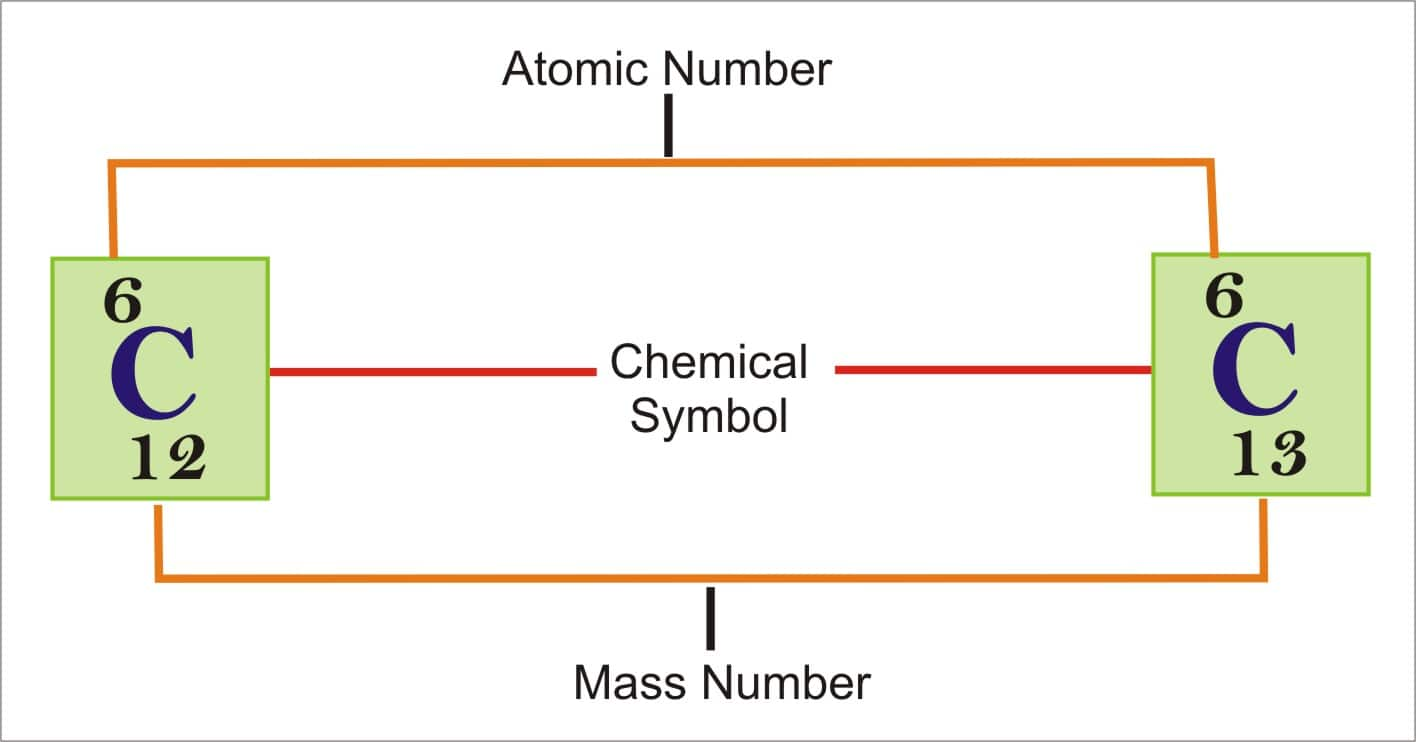Atomic number is used to define the type of element a material or substance is. It is the number of protons present in an element’s nucleus. The atomic mass, on the other hand, is the number of both the protons and neutrons present in the nucleus of the element. The mass number is the sum of the number of protons and neutrons in an atom. It is a whole number. The atomic mass is the average number of protons and neutrons for all natural isotopes of an element. It is a decimal number.
Atomic number and mass number are always whole numbers because they are obtained by counting whole objects (protons, neutrons, and electrons). The sum of the mass number and the atomic number for an atom (A-Z) corresponds to the total number of subatomic particles present in the atom.
How to Find the Number of Protons, Neutrons, and Electrons. Step by Step Explanation with Examples
In this post, we’ll be going over how to determine the number of protons, neutrons, and electrons in an atom or ion.
We’ll first start by discussing what each of the components in the nuclide notation means. Then we’ll go through two examples together.
The Nuclide Notation
Atomic Number Examples
The letter(s) in the middle is the symbol of the element.
The number on the bottom left corner is the atomic number, which tells you the number of protons.
The number on the upper left corner is the mass number, which is equal to the neutrons and protons added together.
Lastly, the charge is on the upper right corner. If there isn’t any number or signs, then it means that atom has no charge and is neutral.
Mass Number Atomic Number Protons Neutrons Electrons Chart
Rules to Finding Number of Protons, Neutrons, and Electrons
# of protons = atomic number
# of neutrons = mass number – atomic number
# of electrons = atomic number – charge
That’s it!
Examples
Great, lets apply the rules to some examples.

# of protons = 17
# of neutrons = 37 – 17 = 20
# of electrons = 17 – 0 = 17
# of protons = 16 (the atomic number is not given, but can be found on the periodic table)
# of neutrons = 32 – 16 = 16
# of electrons = 16 – (-2) = 18
Additional Practice
Try these on your own and check the answer below
- 78Se2-
- 39K+
ANSWERS

- 34 protons, 44 neutrons, 36 electron
- 19 protons, 20 neutrons, 18 electron

Additional Resources
If you have any questions, leave a comment below.
